He was 24 years old when, in 1872, as a native of Lille, the young sculptor entered the competition for the Work -pie WICAR of which he is a winner, which allows him to settle for four beautiful years, in the WICAR workshop, in Rome, at 8 Vicolo del Vantaggio. Returning to Paris, our sculptor returned to the benches of the École des Beaux-Arts. On the advice of his master Auguste DUMONT, he joined the workshop of one of his students Jules THOMAS***. Despite the age difference, 24 years, the complicity and friendship between the two men is immediate. In 1877, Alphonse CORDONNIER won the first Rome prize for sculpture, and he returned to Rome. This time it was at the Villa Medici that he settled for three years. Public and private commissions followed one another, and after a neo-baroque period, during which he had produced works including his Herald, intended for publication, he tended towards a more naturalist current, which undoubtedly earned him the best known of his works, Innoculation, visible at the Palais des Beaux-Arts in Lille. Since 1874, he has participated with as much talent as regularity in the Salons of Living Artists and then of French Artists, collecting numerous medals. Our Herald of Arms is a museum work since the Palais des Beaux-Arts in Lille exhibits a copy. This sculpture is part of the works of the first period of Alphonse CORDONNIER, while living in Rome he devoted himself to neo-baroque, even neo-Florentine, art. However, he provided his subject with the arms of Paris, then attaching himself to France. Heralds of arms appeared in the Middle Ages in the entourage of knights. Of a lower rank, itinerant, renting their services according to the tournaments, they were responsible for all kinds of tasks including commentators during the tournaments. The 14th century saw a profound change in their role. They settled down within royal, princely and noble houses. They become domestic officers, hired by princes and lords, then by cities and republics. Their missions are no longer limited to tournaments. They are now responsible for ceremonial and protocol, with, in times of war, a role of messenger... Heralds are hierarchical and organized, and are governed by treaties. The herald office experienced its golden age at the turn of the 15th and 16th centuries.
To go further: https://www.lestresorsdegamaliel.com/sculptures/504-heraut-d-armes-du-xveme-siecle-a-cordonnier.html
COPYRIGHT





















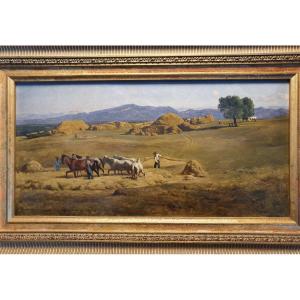
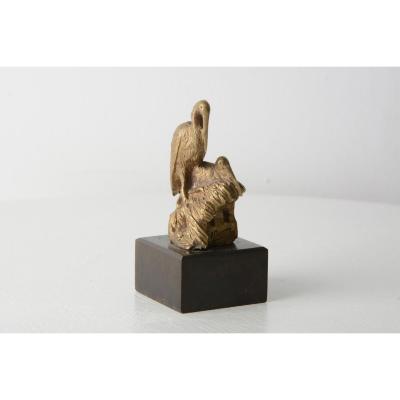







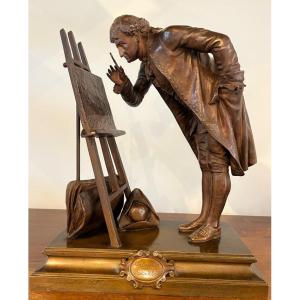

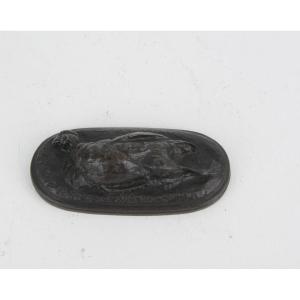


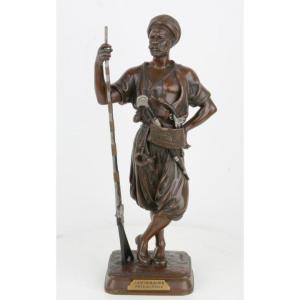

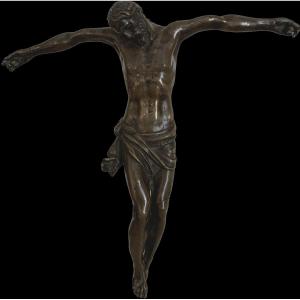

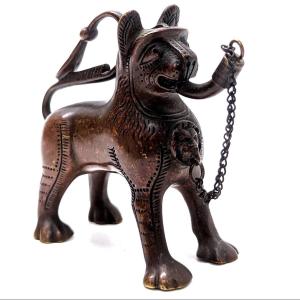




 Le Magazine de PROANTIC
Le Magazine de PROANTIC TRÉSORS Magazine
TRÉSORS Magazine Rivista Artiquariato
Rivista Artiquariato